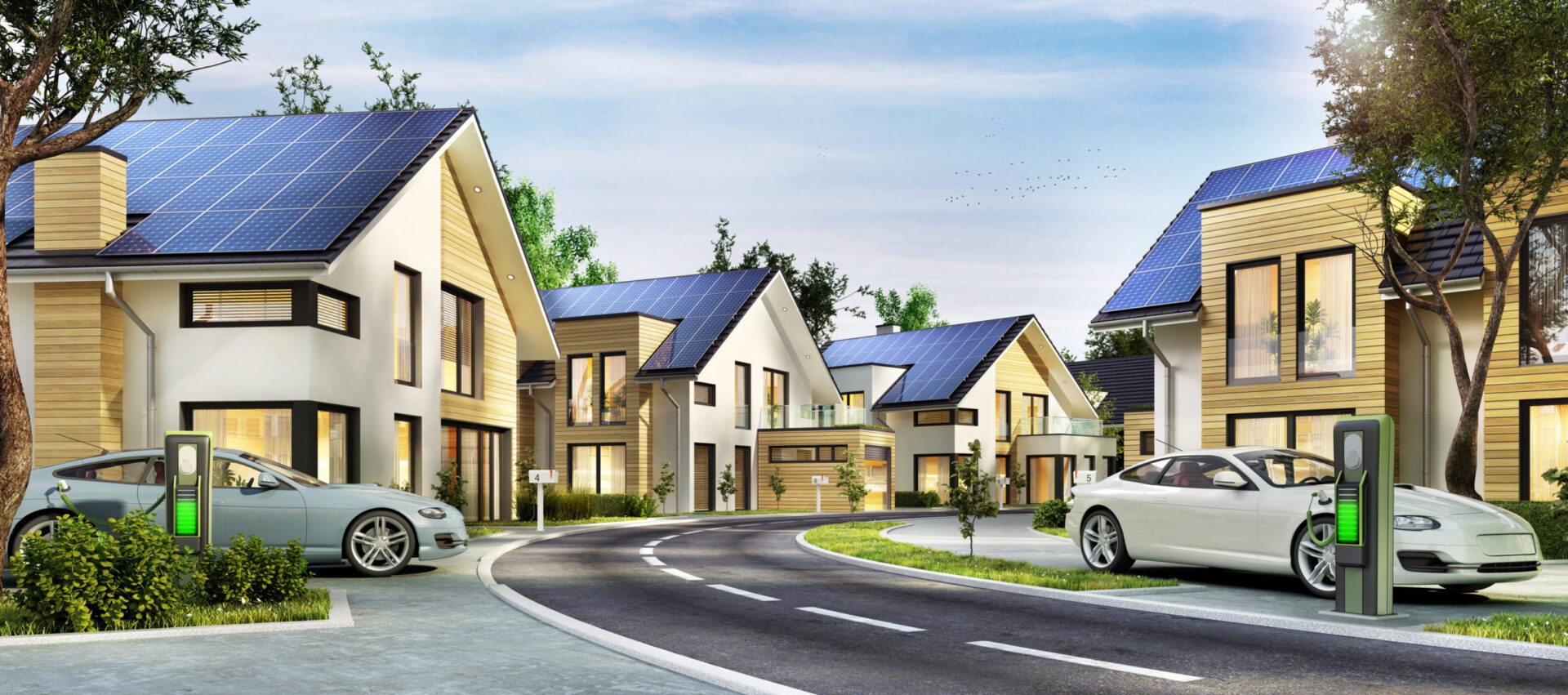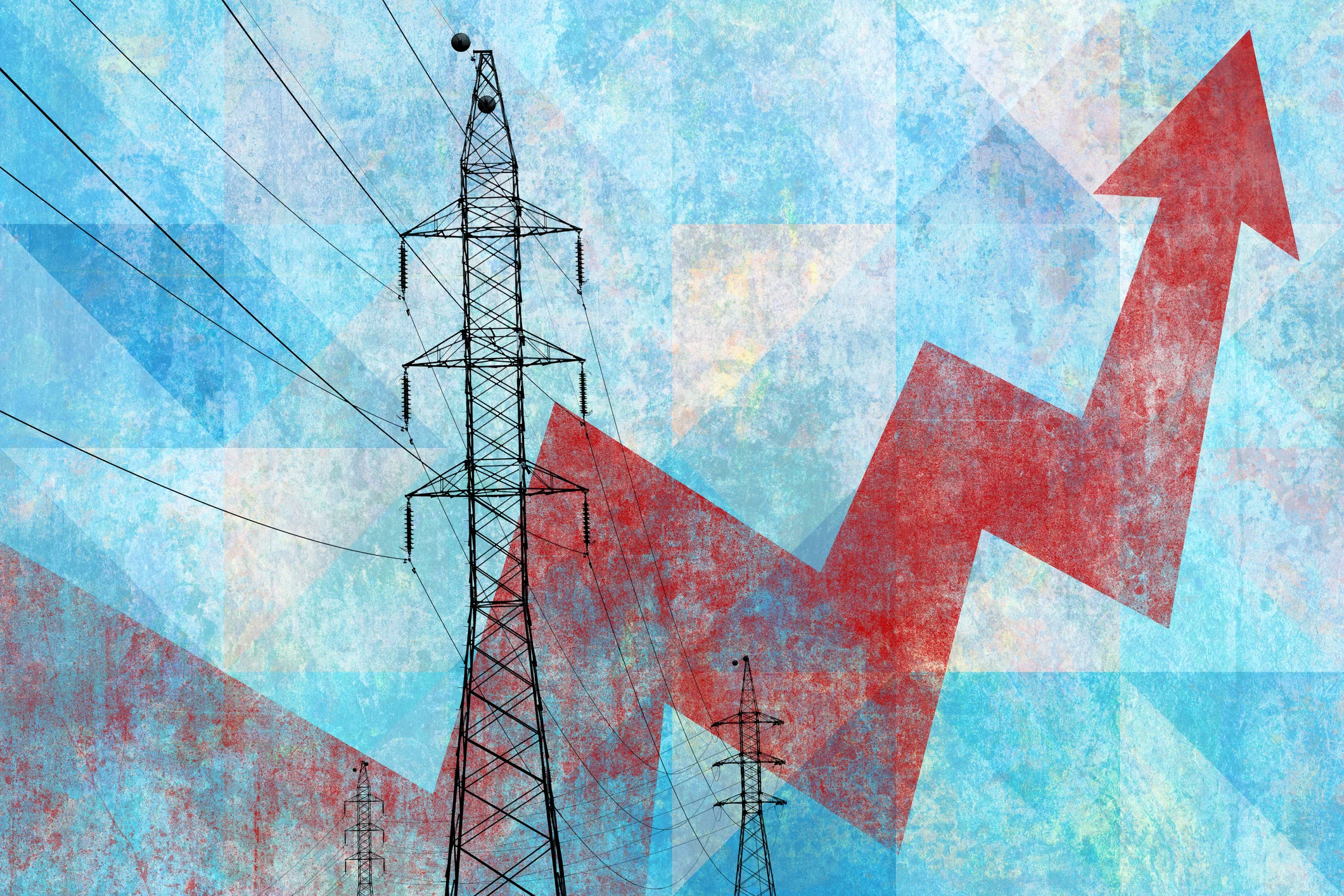Over the last decade, distributed energy resources (DERs) like rooftop solar panels and personal battery storage have become increasingly accessible to a consumer base eager for more. For context, the DER market was at USD 75.86b as of 2020 and is currently projected to hit $182.96b by 2028. Consumers aren’t just interested, they are investing in technologies like rooftop solar panels to ameliorate their dependence on fossil fuels, as well as the existing energy generation paradigm. Fortunately, DER technologies are a useful tool for utilities in meeting the regulatory demands that reflect global decarbonization efforts. By examining the history of rooftop solar panels, utilities can better anticipate the changes that promise to radically reshape the grid of the future.
What is a Distributed Energy Resource
As mentioned, a distributed energy resource is any personal device that generates or stores energy. That manifests primarily through solar panels or battery storage, such as what electric vehicle (EV) owners require to charge and power their EVs. While DER energies have much promise in mitigating global dependence on fossil fuels, they also present a unique and evolving challenge to utilities by reshaping the load curve to off-peak demand times. Fortunately, through distributed energy resource management systems, electric utilities can manage vast arrays of potential energy to strengthen grid continuity and lower carbon emissions.
A Brief History of Solar
While it may seem like a modern concept, the ideas behind rooftop solar panels began in 1839 when physicist Edmond Becquerel observed the photovoltaic effect, a process that generates a current in a cell through exposure to sunlight. Becquerel’s research inspired further study, which led to solar panel patents starting in the 1860s. In 1883, the first rooftop solar panels were installed in New York City, created by inventor Charles Fritts. As you might expect, primitive rooftop solar panels were inefficient at converting sunlight to energy.
Likewise, without sufficient battery storage, solar power remained inaccessible for widespread adoption or use. It wasn’t until nearly a century later that the first solar-powered buildings were installed at the University of Delaware, which corresponded unexpectedly with the energy crisis of the 1970s. Because of this, the United States government enacted the Solar Heating and Cooling Demonstration Act of 1974, to help fund the development of solar technologies. While the end of the energy crisis stalled further developments, solar panel technology has continued to attract a growing prosumer base, interested in finding opportunities to produce their own energy.
The Rise of the Prosumer
The term prosumer has been around for more than four decades now, with roots dating back to 1980. A portmanteau of the words “producer” and “consumer,” prosumers represent a growing class of individuals seeking energy independence. As Prosumer adoption has mirrored the available technologies, which have continued to become increasingly sophisticated and fiscally accessible. Along with the rising price of electricity spurred by a renewed energy crisis, rooftop solar panel adoption is projected to grow exponentially among prosumers of means.
Solar Power Today
The earliest solar panels only yielded about 1% efficiency in a generation. Today, personally available solar panels are averaging around 25% efficiency, and that number is growing. The cost of installing personal rooftop solar panels has lowered dramatically, with individual photovoltaic module costs dropping as much as 99% since the 1980s. As high energy costs promote solar adoption, so too does the accessibility afforded by the shrinking cost of solar panel production. For utilities anxious about customer defection and tech disruption, rooftop solar panels offer an opportunity to lower costs, stabilize the grid, and meet regulatory requirements.
DERMS & Rooftop Solar
With the larger-scale adoption of DER technologies like rooftop solar panels, utilities around the world have implemented various pilots and programs designed to use these technologies to enhance operational efficiencies. For example, battery pilots use technologies like vehicle-to-grid (V2G) reciprocal charging functionality to supply much-needed energy during times of peak demand usage. The parallel to a demand flexibility conservation program that seeks to reduce overall usage, DER programs utilize existing available resources through distributed energy resource management systems (DERMS) to correlate otherwise unconnected, WiFi-enabled devices.
Virtual Power Plants
A relatively new concept, virtual power plants offer a novel approach to employing personal rooftop solar panels in a DER program. Virtual power plants use the energy created through solar generation during peak demand days, which correspond with temperature extremes; the sun is out, energy usage is up, but so is solar power generation. In doing so, utilities can minimize the potential costs associated with building and maintaining fossil-fuel-powered peaker plants, while simultaneously minimizing harmful carbon emissions. Furthermore, virtual power plants present a chance to enhance revenue by minimizing energy purchases.
The Future of Rooftop Solar
Material engineers have advanced the science of solar cell technologies far beyond what was ever conceived. Using silicon, one of the most naturally abundant materials on the planet, researchers have increased efficiencies to a theoretical 32% of energy conversion from light, an enormous leap from the initial 1% produced. Now, researchers are exploring the potential of increasing the available light through hardware that tracks the movement of the sun to better optimize light capture. Likewise, advances in research promise more robust materials needed to capture and convert light from solar energy, which could mean an even higher energy yield moving forward.
Rooftop Solar Panels Conclusion
Throughout history, minimizing the potential for lost resources has remained a high priority. For example, while modern, gasoline-powered vehicles have increased their operational efficiency, there is still an average loss of 70-88% of energy. Fortunately, the sun provides enough energy every second to satisfy the entirety of human demand over a two-hour period. In the U.S., solar generation only accounted for around 3% of all electricity, although that number is projected to jump to a massive 50% by 2050, largely in part to global decarbonization efforts and regulations. So while solar energy is yet a small portion of electricity production, it will only continue to become more sophisticated and affordable.




